Special Report
20 Warning Signs Your Child May Be Getting Bullied at School

Published:

About one in four American students say they have been bullied at school. A fifth of all students between 12 and 18 years of age in the country have experienced bullying in some form, according to the National Center for Education Statistics and Bureau of Justice Statistics. Whether bullying is on the rise is hard to determine, according to Julie Hertzog, director of PACER’s National Bullying Prevention Center. “Awareness has risen and that may account for more cases being reported.”
Online (cyber) and offline (physical) bullying occur frequently not in isolation of one another, Hertzog said. “If a child is being bullied face to face, it’s likely happening online as well,” she added.
Teachers see kids for a good part of the day, but no one knows children better than their parents. And this is why parents and teachers need to form a partnership and work together to detect any sign of abusive behavior as early as possible, Hertzog noted.
To identify 20 warning signs a child may be getting bullied, 24/7 Tempo consulted several experts specializing in bullying prevention and reviewed information from both government and non-profit anti-bullying and cyberbullying organizations, such as StopBullying.gov and StompOutBullying.org.
There is no single, universal sign, Hertzog added. The only sure way to know is if the child opens up about it. “But they often don’t because they fear the situation may get worse.”
Finding a solution to bullying is not an easy matter. Some parents take their child out of the school and move way, but that’s not always the answer. Many parents want immediate attention, according to Ross Ellis, founder and chief executive officer of STOMP Out Bullying. “Some want the bully arrested or suspended, which is unrealistic.” A better approach, he adds, is for the school to get to the root of why a child is acting in such a bad way and then get him or her help.
There is no federal law directly addressing bullying, but in some cases it can overlap with laws against harassment based on race, country of origin, disability, or religion. Some states have established anti-bullying laws or other regulations to address the problem. Most of these require that schools investigate when bullying is reported and respond accordingly.
The prevalence of bullying varies heavily throughout the United States and may be correlated with factors such as child obesity, poverty, and mental stress — these are the states where bullying is the biggest problem.
There is a right and a wrong way to talk about bullying once a child reports it to their parents, Hertzog said. A child may not use the word “bully,” he or she may say “someone was mean to me today.” Your response should not be “just ignore it, it’ll go away,” according to Hertzog. This never works. Avoid saying, “stand up for yourself” because chances are the child already has tried that and it hasn’t worked. Instead try: “it’s not your fault,” “you didn’t deserve this,” “I want to help,” “I want to hear more,” or “I’m so glad you told me, we’re going to figure this out.”
Click here to read about 20 warning signs your child may be getting bullied at school

1. Unexplained scratches and bruises
Scratches and bruises are almost inevitable when kids have fun at the playground. But if you ask them about the injuries and they say they can’t remember or the answer changes, or if the response simply doesn’t explain how the injury occurred, this may be a sign that the child is being pushed around physically, according to Hertzog.
[in-text-ad]

2. Lost or destroyed clothing, books, electronics, or jewelry
Damaging someone’s belongings is a form of bullying, Hertzog said. Oddly torn, ruined, or stolen clothes or other belongings are common signs of playground bullying. Similar to the unexplained bruises, when asked about what happened, the child usually doesn’t want to talk about it or can’t explain it.

3. Faking illness
Very often kids fake aches and pains so they don’t have to go to school, Hertzog said. “Or maybe they just don’t want to get on the bus to school.” If this happens once or twice, the child may just feel like not going to school — who hasn’t had such moments? — but if it happens in a pattern and often, there is probably a legitimate reason for not wanting to be in school, Hertzog added.
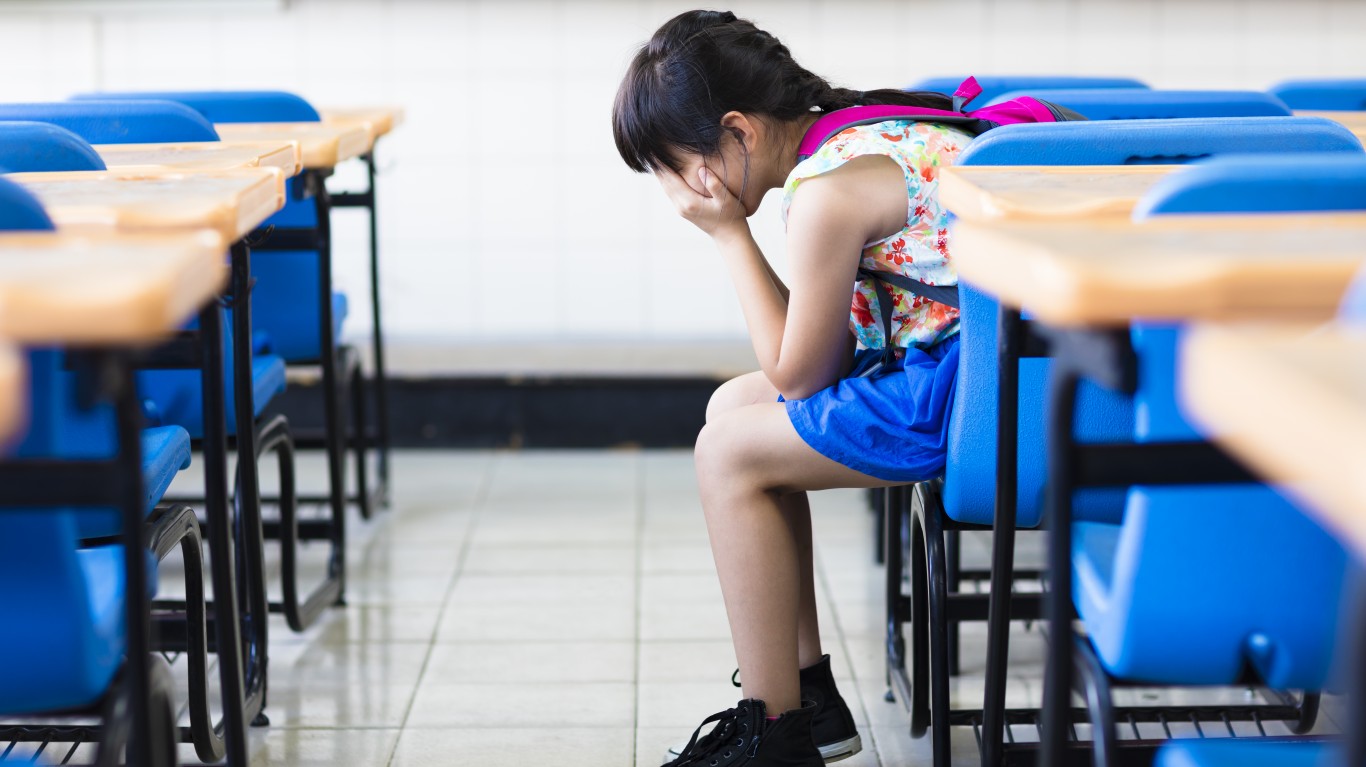
4. Feeling sick
A child may be faking illness as an excuse not to go to school but he or she may also actually be sick. It’s not uncommon for traumatized children to exhibit physical symptoms of anxiety, according to Hertzog. Often those are stomach and headaches, she noted.
[in-text-ad-2]
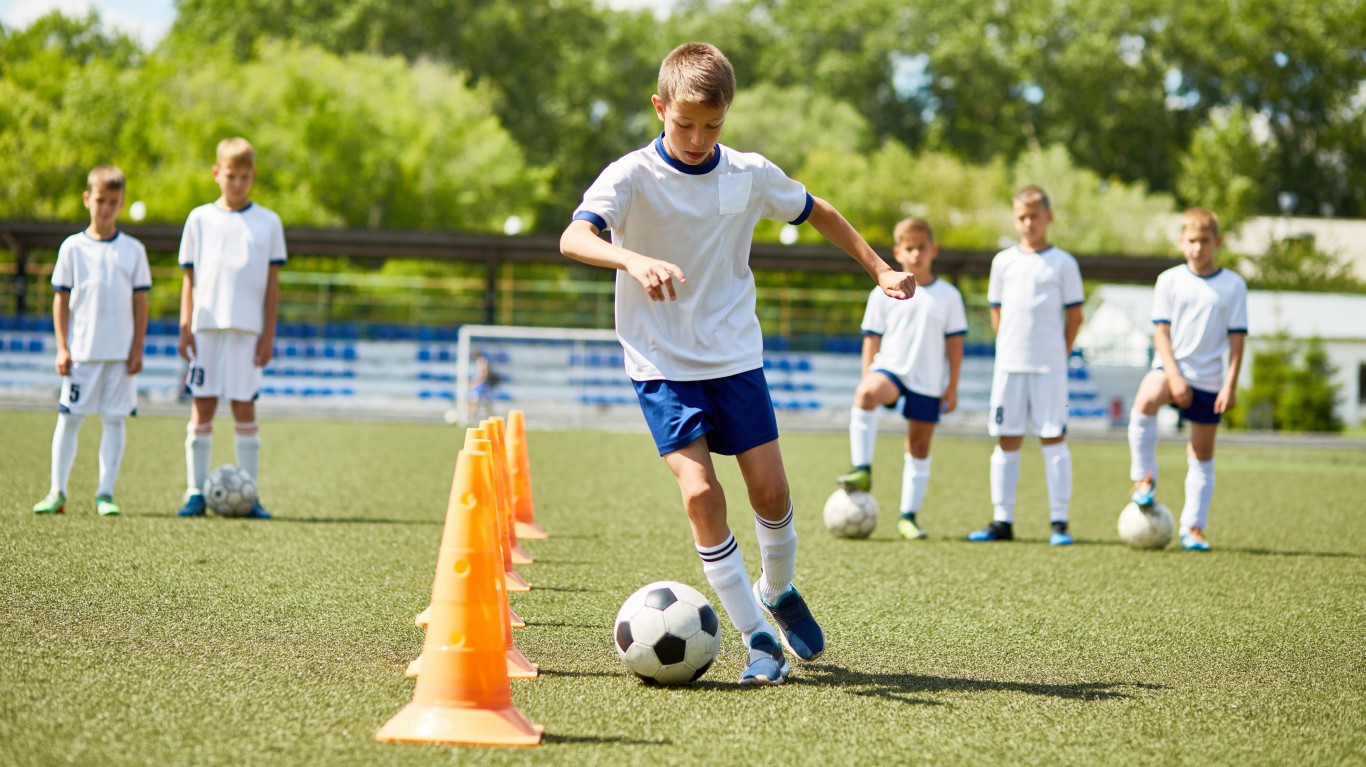
5. Missing out on sports
Social avoidance does not necessarily mean bullying. But if a child suddenly doesn’t want to go to practice, it could be because someone on the team is bullying him or her, Hertzog said. It is not uncommon for that person to be the coach, she noted. “We consider bullying to be peer to peer, but sometimes the problem is someone older.”

6. Sudden changes in eating habits
Changes in eating habits are a real sign, according to Ellis. “When depressed, some people binge eat. Others don’t pay attention to food because they are so depressed.”
[in-text-ad]

7. Frequent nightmares
Bullying is an emotional trauma, Hertzog said. Knowing he or she has to go to school in the morning, a child may be nervous. This can result in trouble falling asleep, waking up frequently, or even nightmares. Being tired in the morning may be a sign that the child is having trouble sleeping.
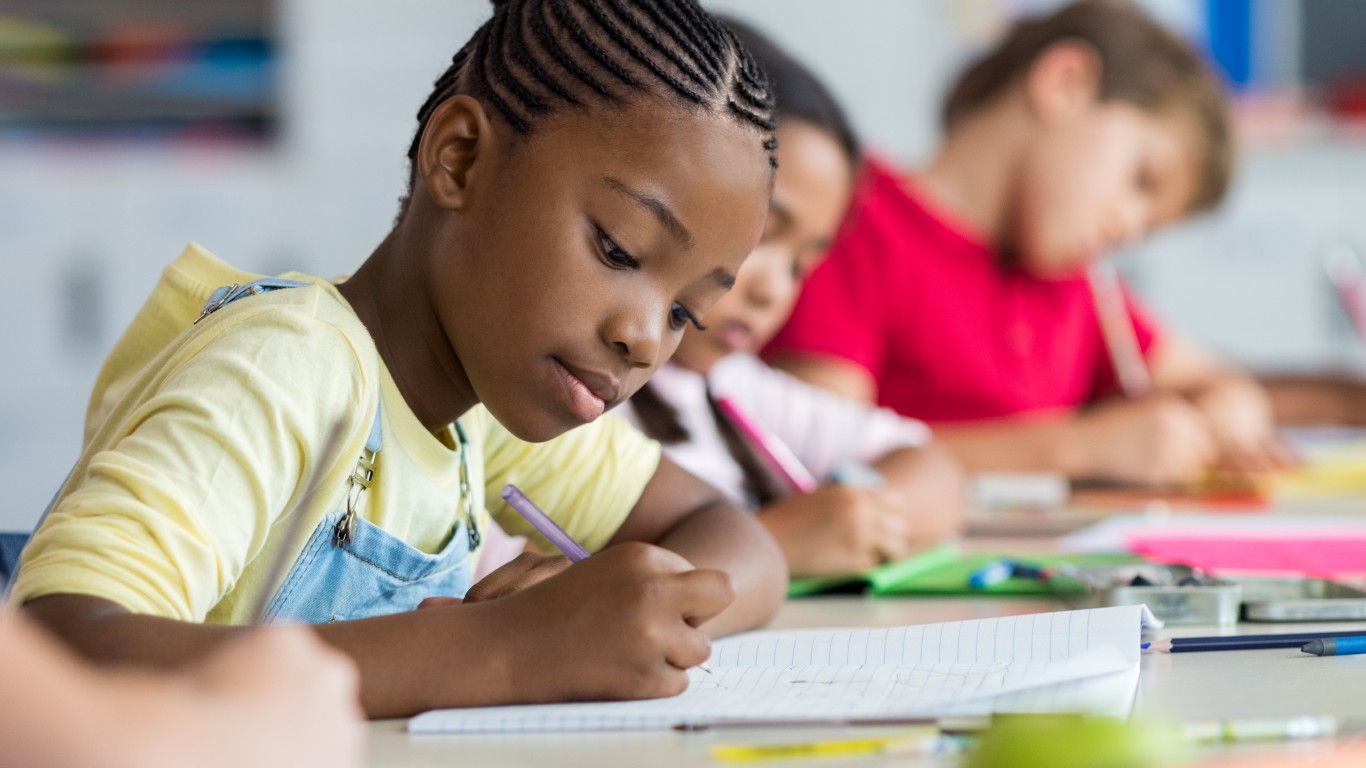
8. Declining grades
This could be the result of a general change in attitude towards school, Hertzog said. “The child doesn’t want to be there, is distracted in class — all of these things add up and are compounded.” Depression, anxiety, and trouble sleeping, too, can contribute to having problems with schoolwork.

9. Self-harm
Self-harm is not an uncommon response to bullying, Hertzog said. It’s a very private way of dealing with emotional pain, she added. Other self-destructive behaviors may include talking about hurting themselves. Research shows that children who have been victims of bullying in elementary school are almost five times more likely to engage in self-harm when they are teenagers.
[in-text-ad-2]
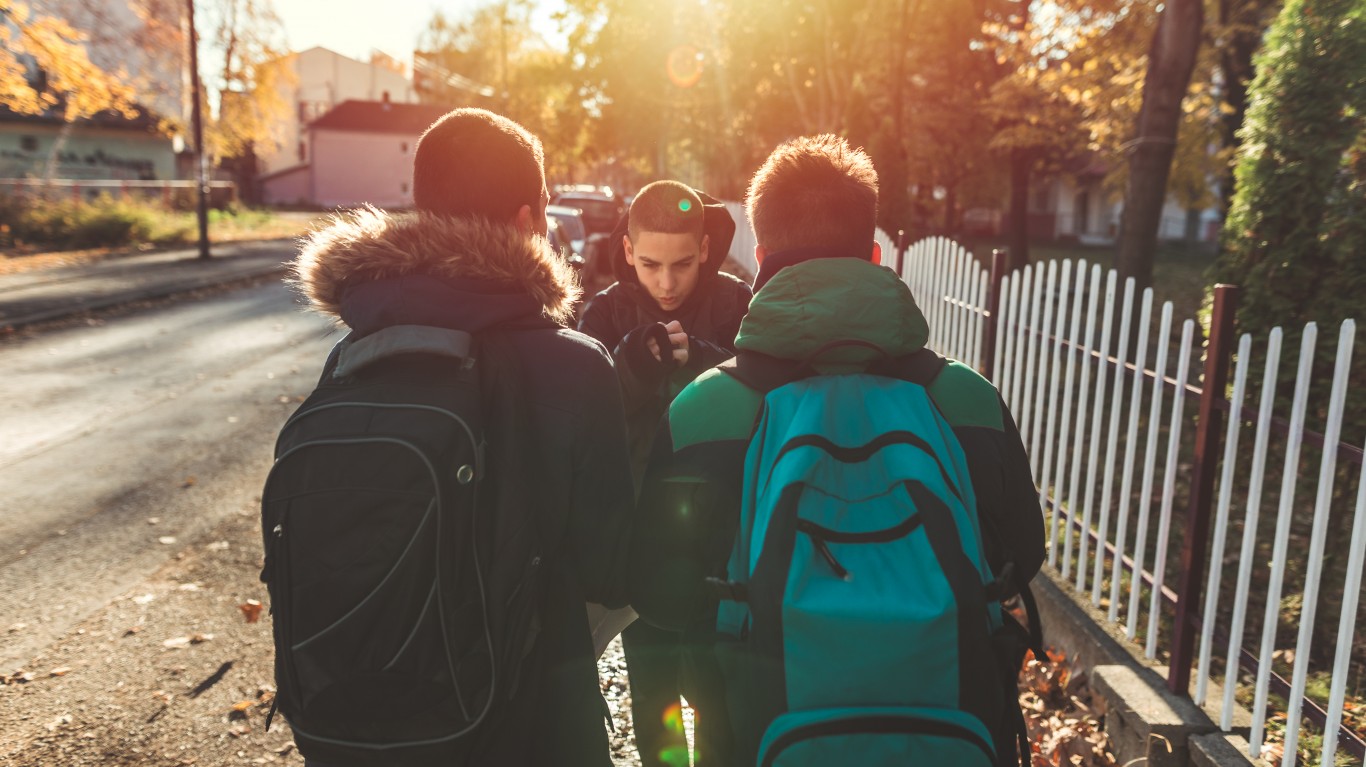
10. Changing route to or from school
Kids know they can’t push other children around in front of adults and that’s why most of the bullying happens outside the view of teachers, parents, or other adults, according to Hertzog. If a child suddenly decides he or she wants to go to school using a different route, it may be because someone is being aggressive towards them.

11. Being afraid to go to school
A child who is bullied may seem afraid to go to school, walk to school by themselves, or ride the school bus. This is true even if the child is bullied online. Some kids who bully spread rumors aiming to embarrass another child.
[in-text-ad]
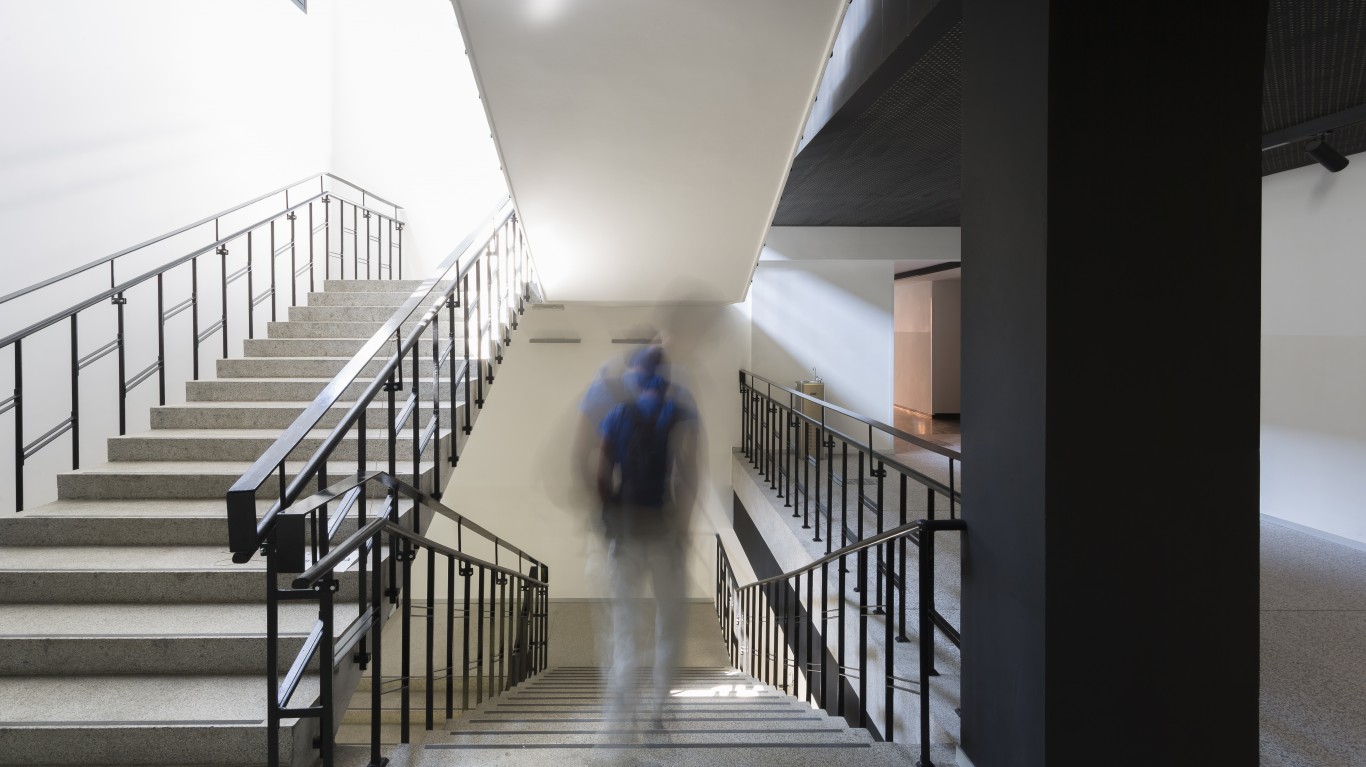
12. Looking sad and moody when coming home from school
Bullying is often about power whether in the form of physical strength or popularity. A person who sees himself in a more powerful position is targeting someone seen in a weak position. The bullied child may not want to talk to about the reason for being sad, moody, teary, or even depressed.

13. Avoiding social interactions
Loss of friends and avoiding social situations is another common sign that a child is being bullied. Children may start to withdraw in order to avoid social interactions. They isolate themselves on purpose as a defense mechanism.

14. Low self-esteem
Self-esteem is basically how people value themselves. Children with low self-esteem don’t think highly of themselves and believe they have little worth — which is what the person bullying them may be saying in one form or another. Emotional bullying often includes intimidation.
[in-text-ad-2]
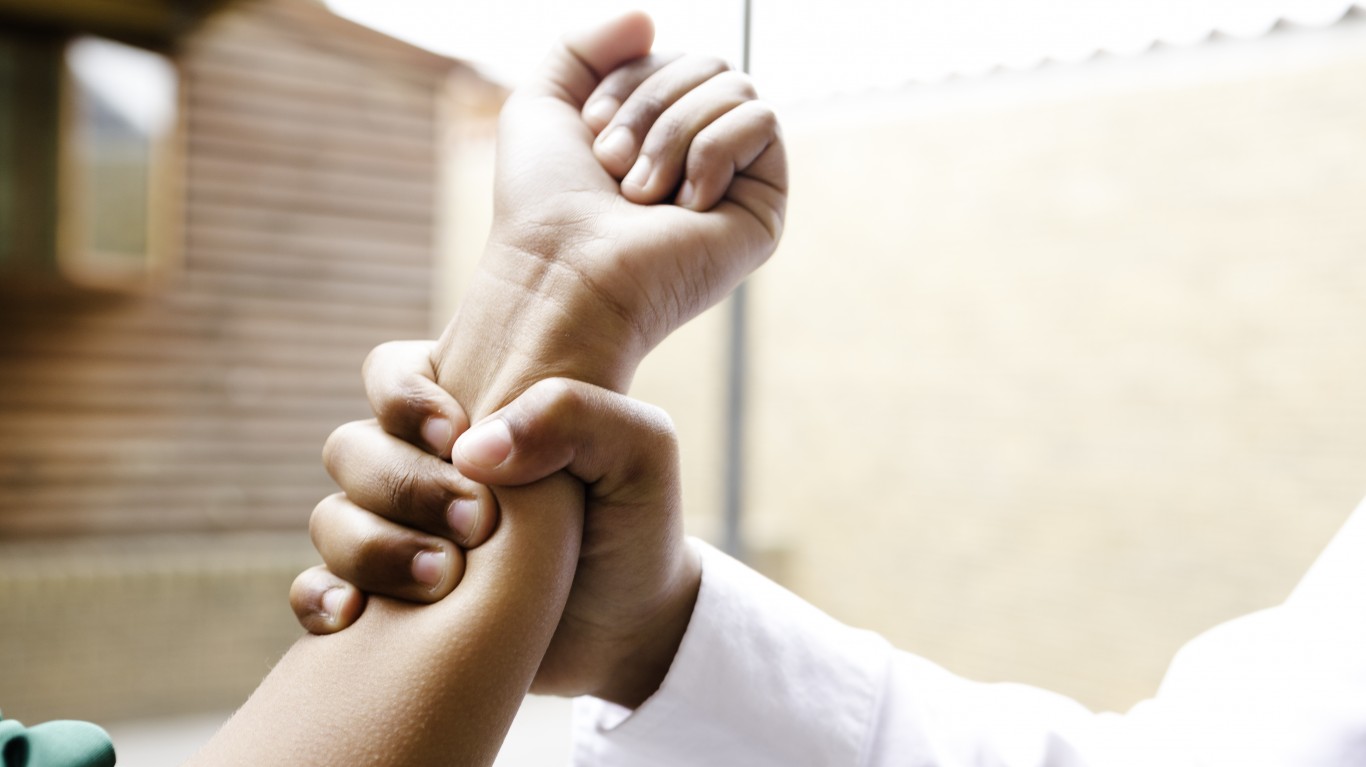
15. Becoming aggressive
Bullied children sometimes lash out. Acting out against siblings or parents is not an uncommon response in kids who are bullied. Research by Steven & Alexandra Cohen Children’s Medical Center of New York found that victims of physical bullying were four times more likely to act aggressively, and victims of cyberbullying were 10 times more likely than children who have not experienced bullying.

16. No longer speaking up in class
A child may stop participating in class out of fear that no matter what they say they will be bullied. A 2010 study by the University of California at Los Angeles found that low achievement in school and bullying were linked. Teachers may sometimes misinterpret a child’s silence for lack of motivation to learn.
[in-text-ad]
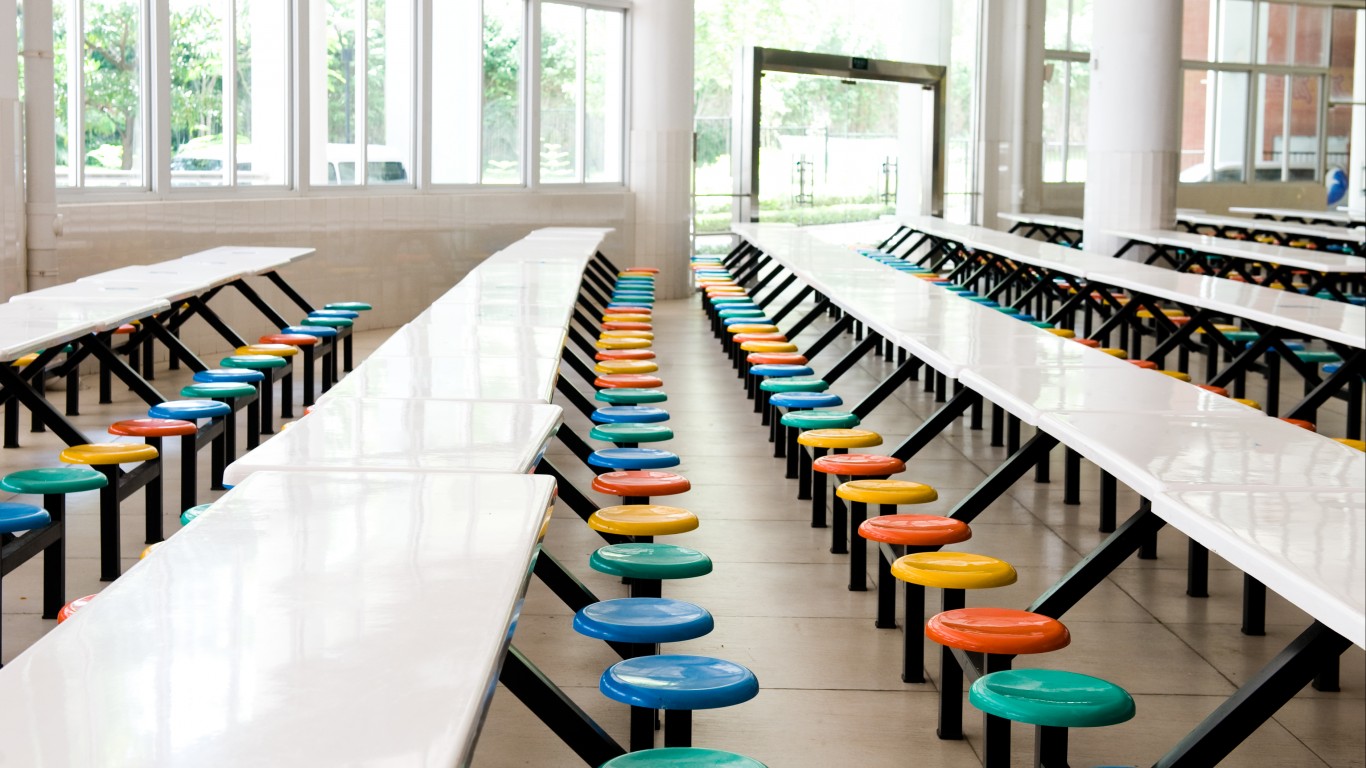
17. Asking for extra lunch money
A child may come home hungry because a bully is stealing their food or lunch money. He or she may ask for extra cash to buy lunch or for extra food for lunch.
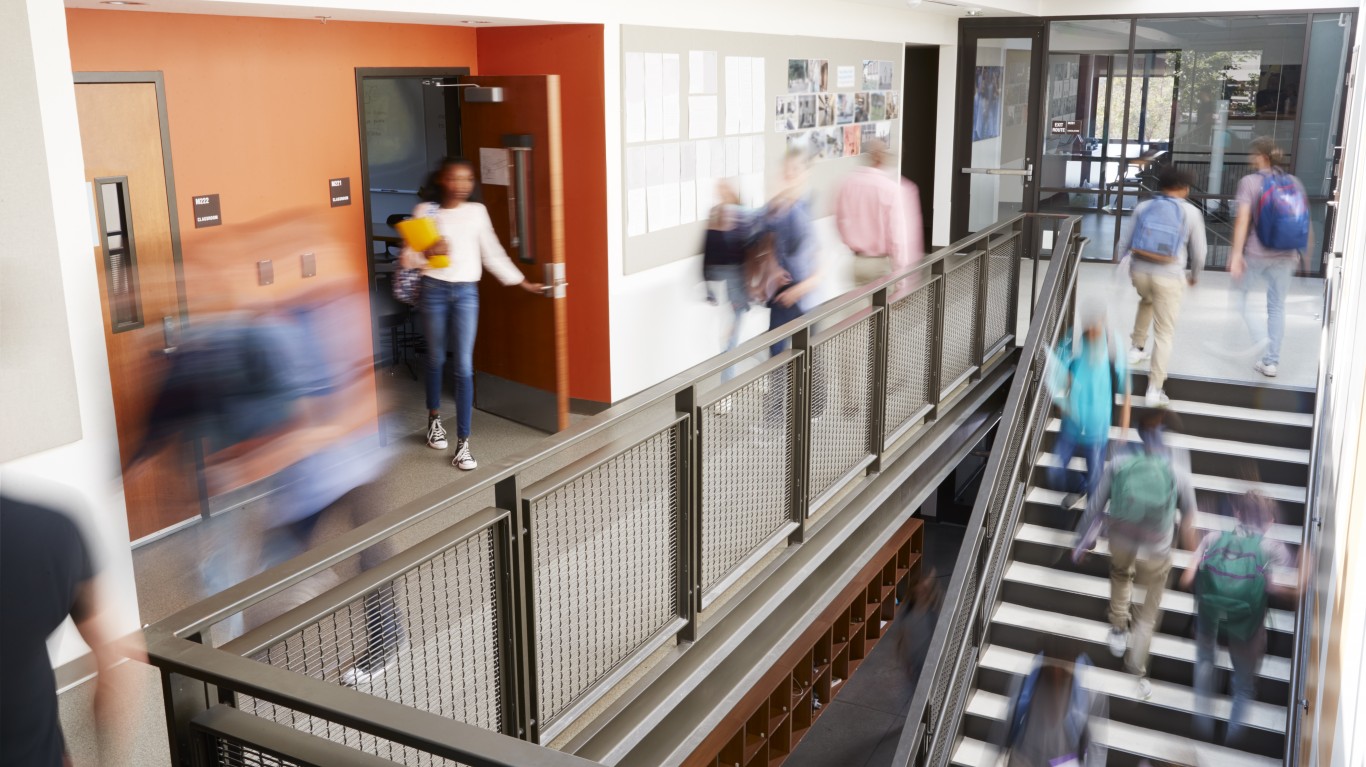
18. Getting emotional when talking about school
Kids often don’t express themselves easily. About 64% of bullied children never reported the bullying, according to research. A child who is being bullied may often refuse to talk about what’s wrong for fear it may get worse. They may also fear retaliation, shame for being bullied, or that no one can help.

19. Overattachment to or withdrawal from their phone
Change in online behavior is common when a child is being bullied online. Possible signs include closing the screen or hiding the phone when the parents are in the room, becoming upset after being online, suddenly avoiding any electronic devices, not wanting to go online anymore, or spending a long time online.
[in-text-ad-2]

20. Change in appearance
Kids who bully often pick on children who look different and that often means kids who dress differently. They may get picked on if they are not wearing the latest popular brands or just a current popular item. This puts a lot of pressure on kids, especially girls, to fit the mold, and they may respond by starting to change their appearance.
Thank you for reading! Have some feedback for us?
Contact the 24/7 Wall St. editorial team.